 |
| April 20, 2022 |
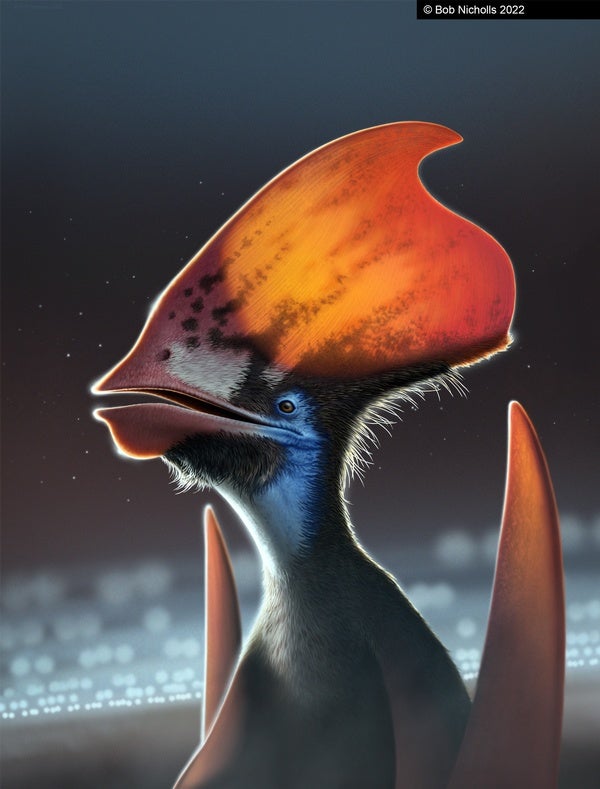 |
| |
| |
| |
| |
| |
| |
| Epidemiology How to Make Smart COVID Risk-Benefit Decisions Scientific American asks experts in medicine, risk assessment and other fields how to balance the risks of COVID with the benefits of visiting public indoor spaces | | By Devabhaktuni Srikrishna | | | |
| |
| |
| |
| Politics Russia's War in Ukraine Follow our ongoing coverage of the conflict, from the humanitarian crisis to the global impact on food supply and the catastrophic potential of nuclear weapons | | | | |
FROM THE STORE
 | | | |
| |
FROM THE ARCHIVE
 | | | |
LATEST ISSUES
 |
| |
| Questions? Comments?  | |
| Download the Scientific American App |
| |
| |



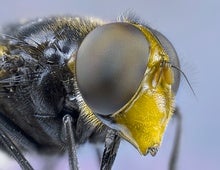












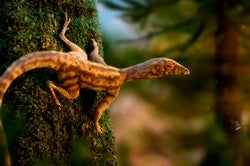


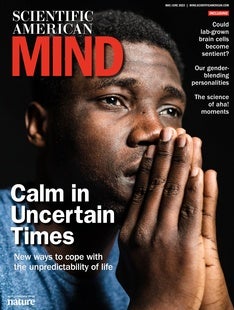
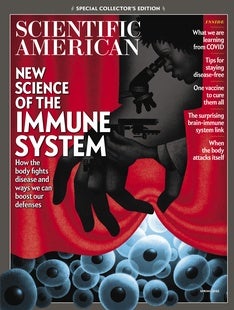




Comments
Post a Comment